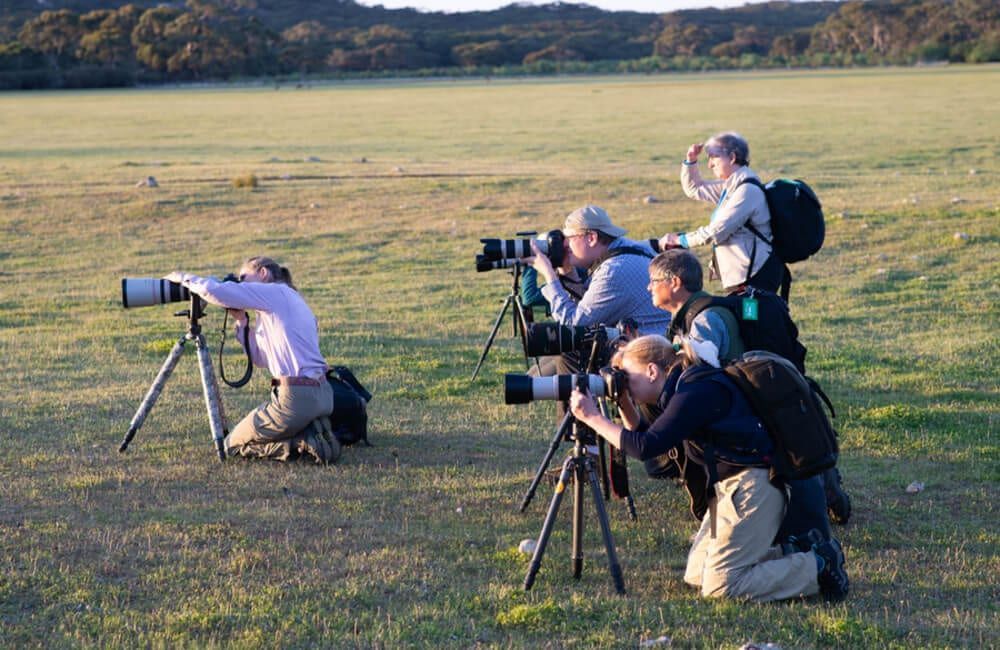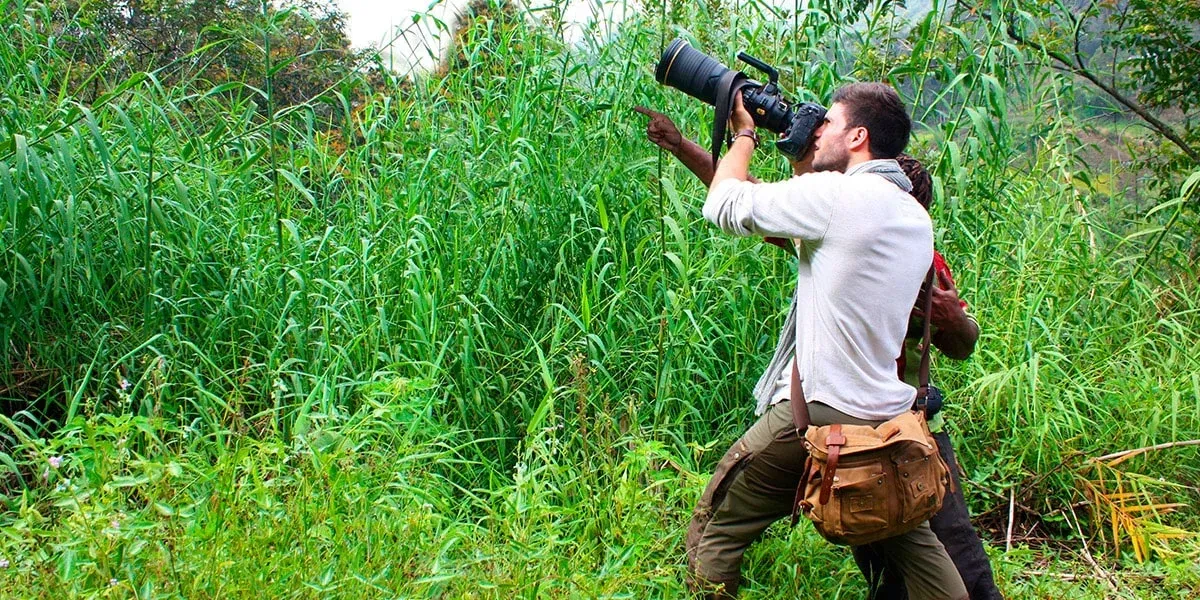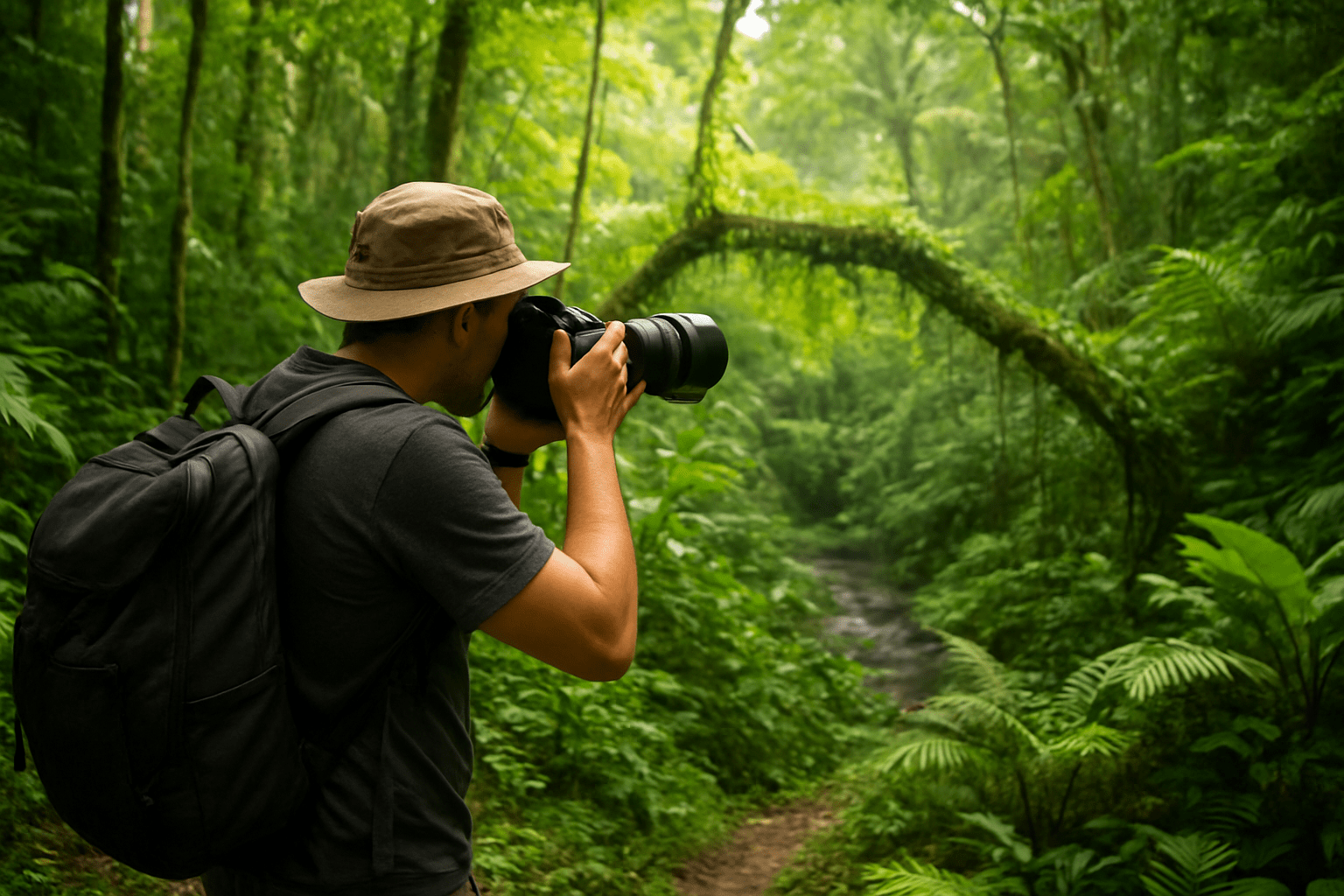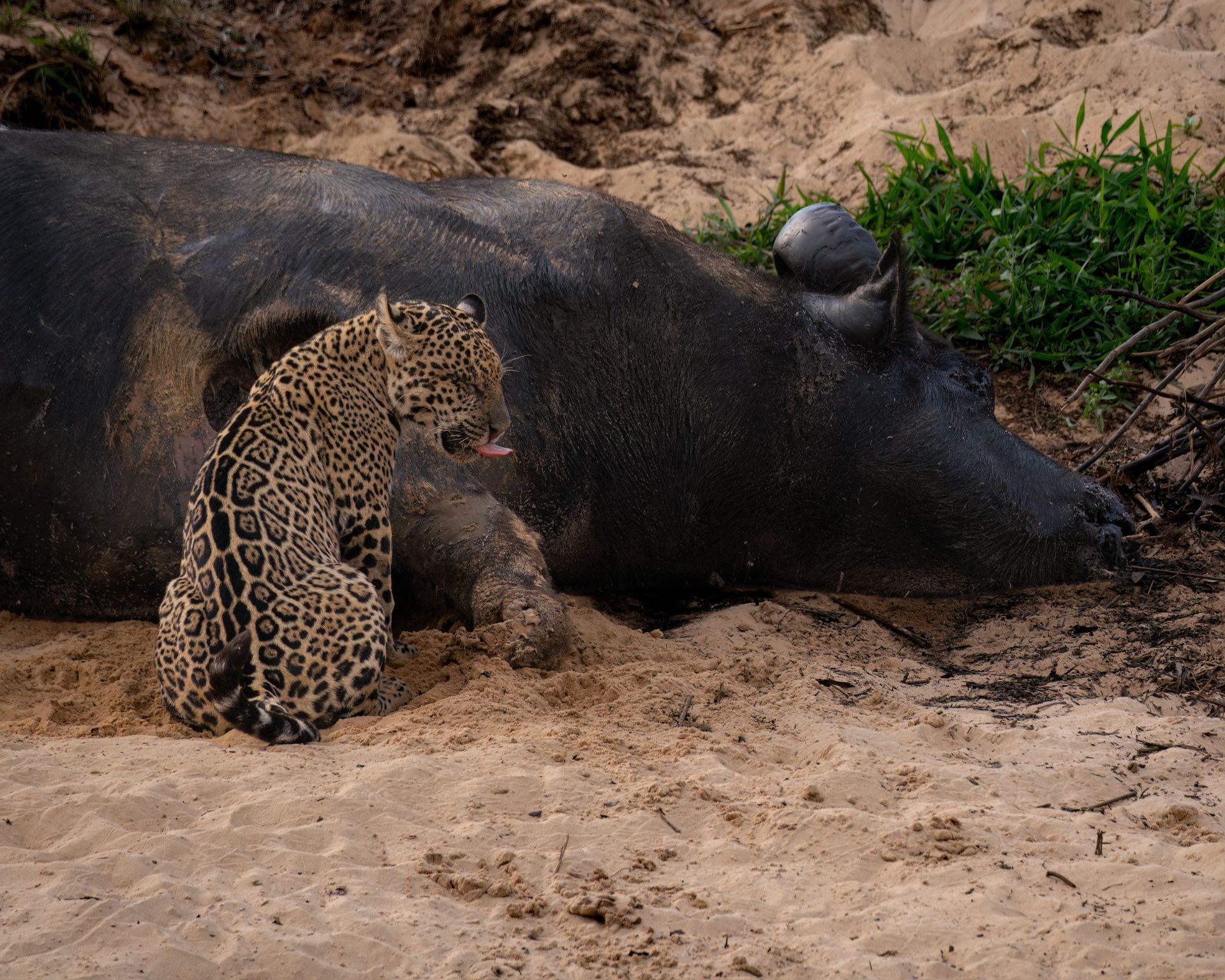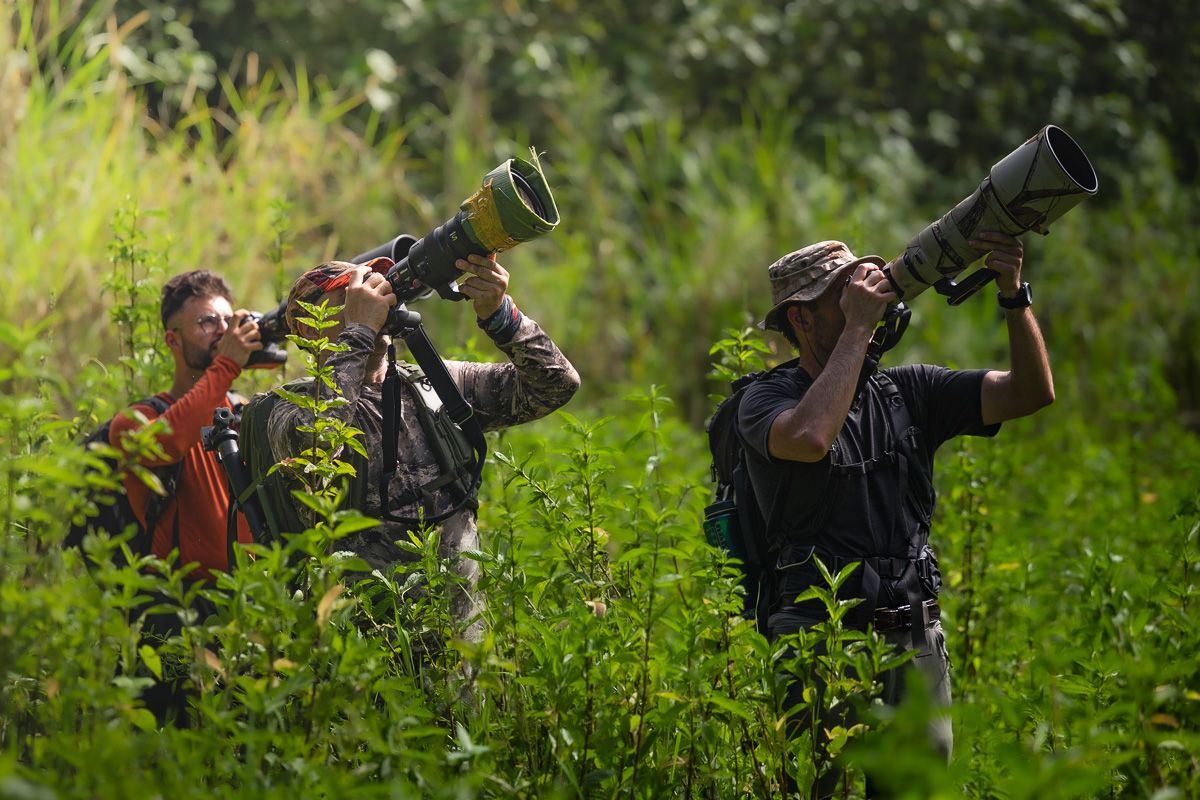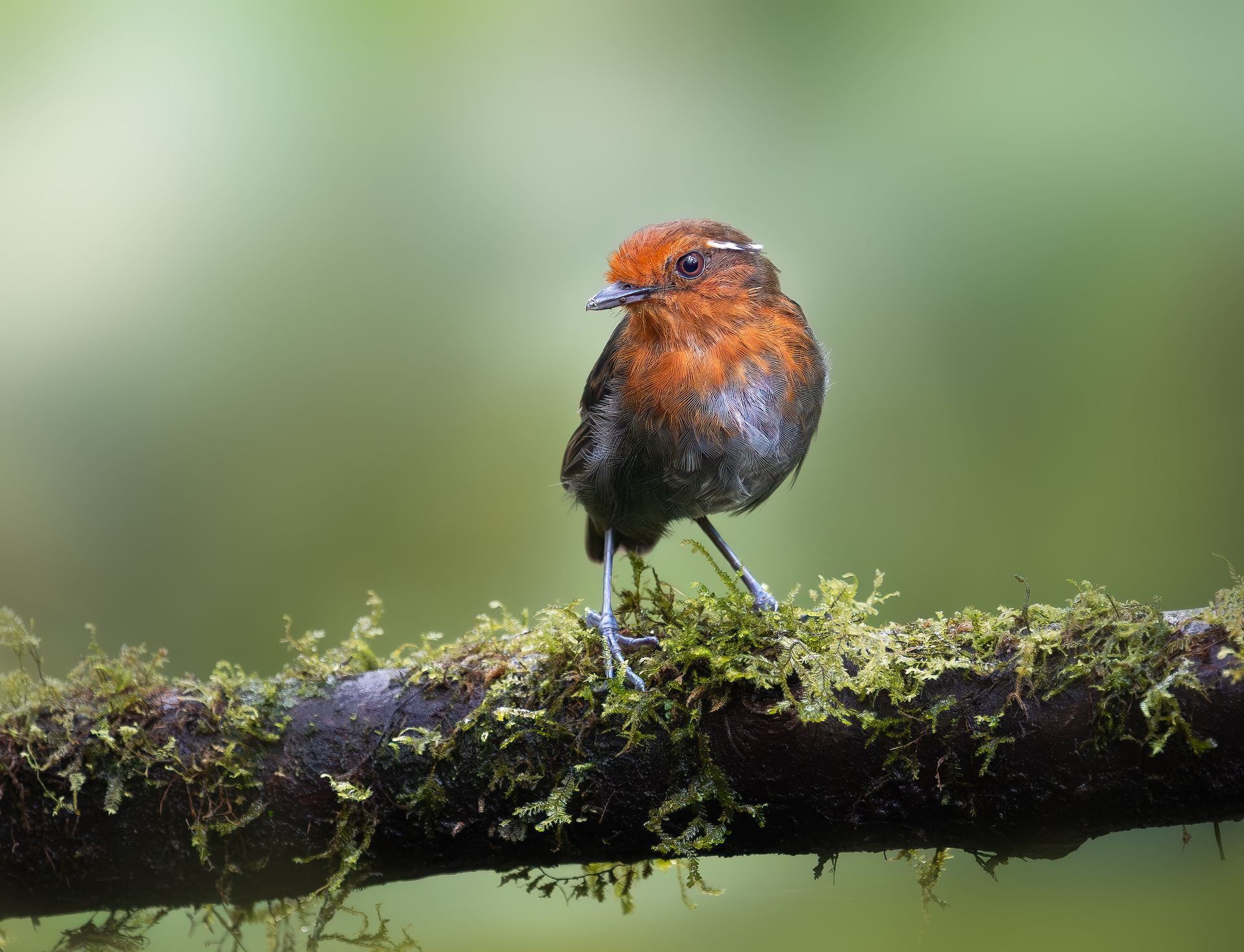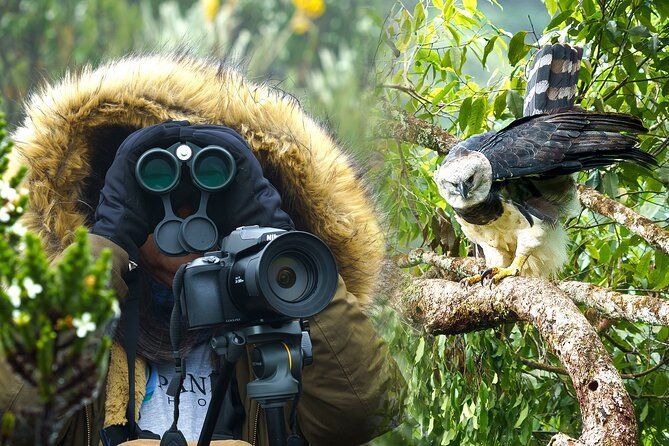How to Photograph Hummingbirds in Their Natural Habitat
Hummingbirds are among the most fascinating creatures to photograph. Known for their iridescent feathers, dazzling colors, and rapid wingbeats, they provide endless opportunities for breathtaking images. Colombia, home to more than 160 hummingbird species, is one of the best places in the world to capture them in their natural habitat. However, photographing hummingbirds requires patience, technique, and an understanding of both bird behavior and photography tools.
This guide will walk you through everything you need to know about photographing hummingbirds—whether perched, feeding, or in flight—while respecting their environment and capturing their natural beauty.
Understanding Hummingbird Behavior
Before you lift your camera, it is essential to understand how hummingbirds behave in the wild.
- Feeding Patterns: Hummingbirds feed on nectar-rich flowers and often return to the same spots multiple times a day. Observing these routines can help you anticipate the right moment for a shot.
- Territorial Behavior: Many species are fiercely territorial, chasing away other birds. Capturing these interactions can produce dynamic action shots.
- Resting Spots: Between feeding flights, hummingbirds often perch on nearby branches. These pauses give you great opportunities for clear portraits.
By studying their rhythms, you increase your chances of capturing both still and action images.
Choosing the Right Equipment
The right gear plays a huge role in successful hummingbird photography.
- Camera: A DSLR or mirrorless camera with fast autofocus and high burst rate is best.
- Lens: A telephoto lens (200–600mm) allows you to photograph birds without disturbing them.
- Tripod/Monopod: Helps stabilize your shots, especially in low light or when using heavy lenses.
- Flash: A soft, diffused flash can freeze wing motion without overexposing the bird’s iridescent feathers.
You don’t need the most expensive equipment, but investing in gear that balances speed and sharpness will make a big difference.
Setting Up Your Camera
Hummingbirds move at lightning speed, so your settings must match their pace.
- Shutter Speed: At least 1/2000 sec to freeze wingbeats; slower speeds can create artistic motion blur.
- Aperture: f/4–f/8 gives a balance between sharpness and background blur.
- ISO: Keep as low as possible, but don’t hesitate to raise it in low light conditions.
- Burst Mode: Essential for capturing split-second wing movements.
Experiment with different combinations until you find what works best in your chosen light conditions.
Finding the Right Light
Lighting is crucial when photographing hummingbirds.
- Early Morning and Late Afternoon: Golden-hour light brings out the vibrant colors in feathers.
- Overcast Days: Soft, even lighting reduces harsh shadows and works well for iridescent plumage.
- Avoid Direct Midday Sun: It creates unwanted glare and contrast.
Position yourself so the bird is illuminated naturally, which enhances its colors without needing too much post-processing.
Techniques for Different Shots
Perched Hummingbirds
When birds are resting, you have more control over composition and focus. Try framing them with surrounding flowers or branches for context.
Feeding Shots
Hummingbirds visiting flowers or feeders provide dynamic photo opportunities. Use continuous autofocus to track them and shoot in bursts to capture perfect wing placement.
In-Flight Shots
The most challenging but rewarding. Use a very fast shutter speed and anticipate flight paths. Position yourself near flowers the birds frequent and be patient.
Blending with the Environment
Respecting the birds and their habitat is key.
- Stay Still and Quiet: Avoid sudden movements that may scare the birds away.
- Camouflage: Neutral clothing or natural hides help you blend in.
- Distance: Use long lenses rather than approaching too closely.
The goal is to capture natural behavior without interference.
The Role of Composition
Great hummingbird photography is not only about sharpness—it’s also about artistic composition.
- Use the rule of thirds to position the bird against the background.
- Include flowers and foliage to tell a more complete story.
- Look for contrasting colors that highlight the bird’s iridescence.
A well-composed image creates impact beyond just showing detail.
Post-Processing Tips
Even the best raw shots benefit from editing.
- Adjust Exposure: Balance highlights and shadows without losing feather detail.
- Enhance Colors Carefully: Bring out iridescence but avoid unnatural oversaturation.
- Sharpen Selectively: Focus on the bird’s eye and feathers, not the background.
Post-processing should refine, not replace, good field technique.
Best Places in Colombia for Hummingbird Photography
Colombia offers unparalleled opportunities to see and photograph hummingbirds:
- Chingaza National Park – Known for high-altitude species like the Buffy Helmetcrest.
- Jardín Encantado (San Francisco) – Famous for hummingbird feeders attracting dozens of species daily.
- Otún Quimbaya Reserve – A hotspot for photographing multiple species in one visit.
- Sierra Nevada de Santa Marta – Home to several endemic hummingbird species found nowhere else.
Each location offers unique environments, from cloud forests to mountain páramos.
Patience and Practice
Hummingbird photography is as much about patience as it is about skill. You may spend hours waiting for the perfect moment, but each session improves your technique and understanding. The more time you dedicate, the better your results will be.
Final Thoughts
Photographing hummingbirds in their natural habitat is both a challenge and a privilege. With the right equipment, techniques, and respect for these delicate creatures, you can capture images that reflect their beauty and grace. Colombia, with its extraordinary biodiversity, provides a natural stage for this art.
Mastering hummingbird photography requires not just technical skills but also a deep appreciation for nature. By blending observation, preparation, and creativity, your photos can tell powerful stories of these dazzling birds in the wild.



